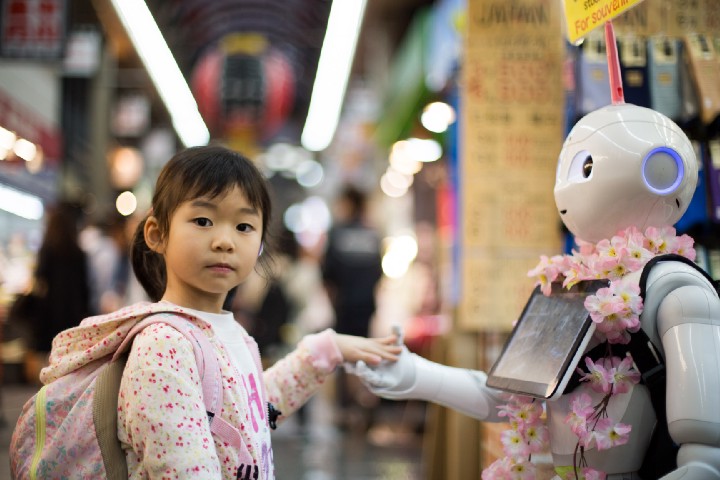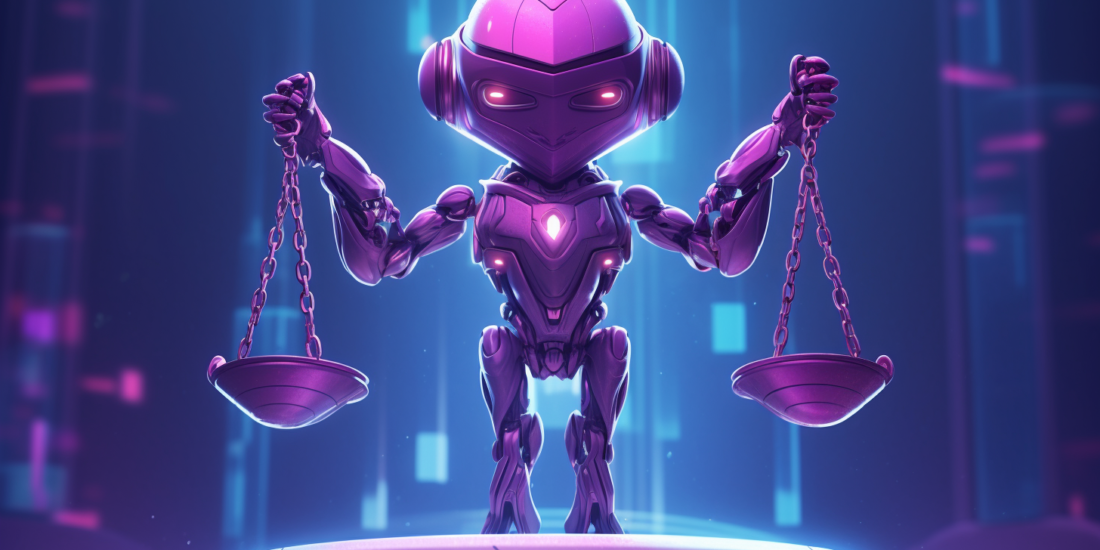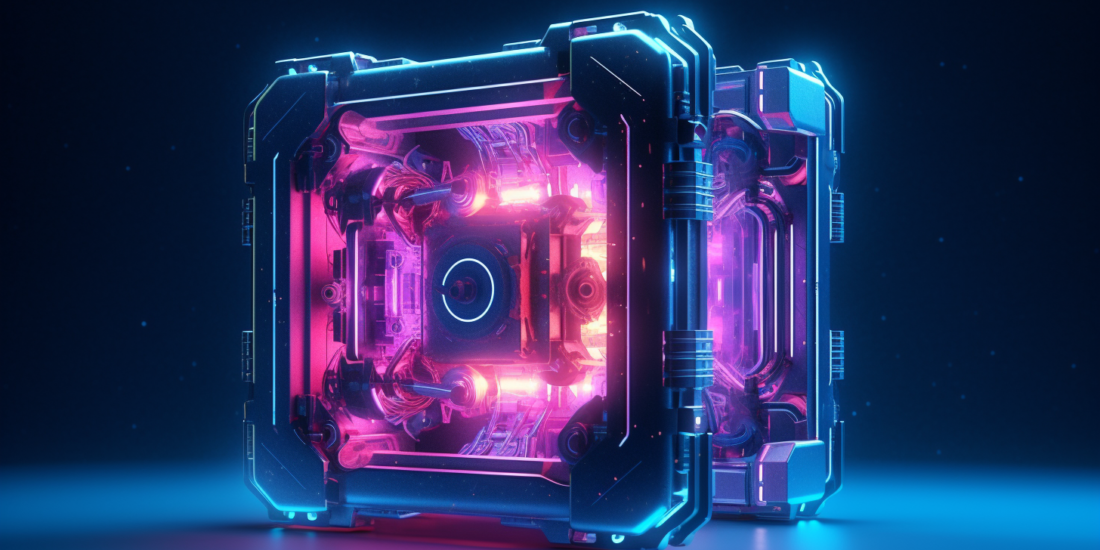
AI Now Capable of Learning Languages On Its Own
It’s been only a while since AI has been released, and the software has definitely taken over the world. The software has advanced so much that now you don’t need to teach the software everything. Artificial intelligence has come to the point where one can just learn. Teaching is officially done for AI.
And that is especially true when it comes to languages. When languages are taught to AI’s, typically annotations are used. But frankly, that is not how this actually works. There are various bugs, the process takes a lot of time and effort, and the end result also does not seem that very natural or productive.
Learning Method

Well, looks like MIT has come up with a solution. Researchers at MIT have developed a parser that now enables AI to imitate a kid’s learning process by observing objects or scenes and forming connections with words. For example, show the system an Apple, and the system would draw connections to any familiar words or sentences that connect to that.
So, how is this actually done? The system learned or studied captioned videos, and this thus links words to objects and actions, thus determining the accuracy of the description. This thus turns the potential meanings into mathematical expressions. This approach is flexible and yet at the same time the system observes its environment, and learn based on how people actually speak, and not just based on formal language.
New Possibilities

This means that now robots could adapt to the linguistic habits of people around it. One can say basic sentence fragments and other signs of informal dialogue, and the system would be able to capture it. Though babies display this trait, this is something that is extremely unique in a program or robot, and this is a very complex or complicated algorithm.
This method would also enable AI to handle uncommon languages that rarely get AI-friendly annotations. Another benefit to this is that now it would be even more easy to understand how kids grasp the world around them. But this also does not mean that this process is without any faults. The main challenge is to teach robots to learn its way not just through watching, but through simple interactions.





